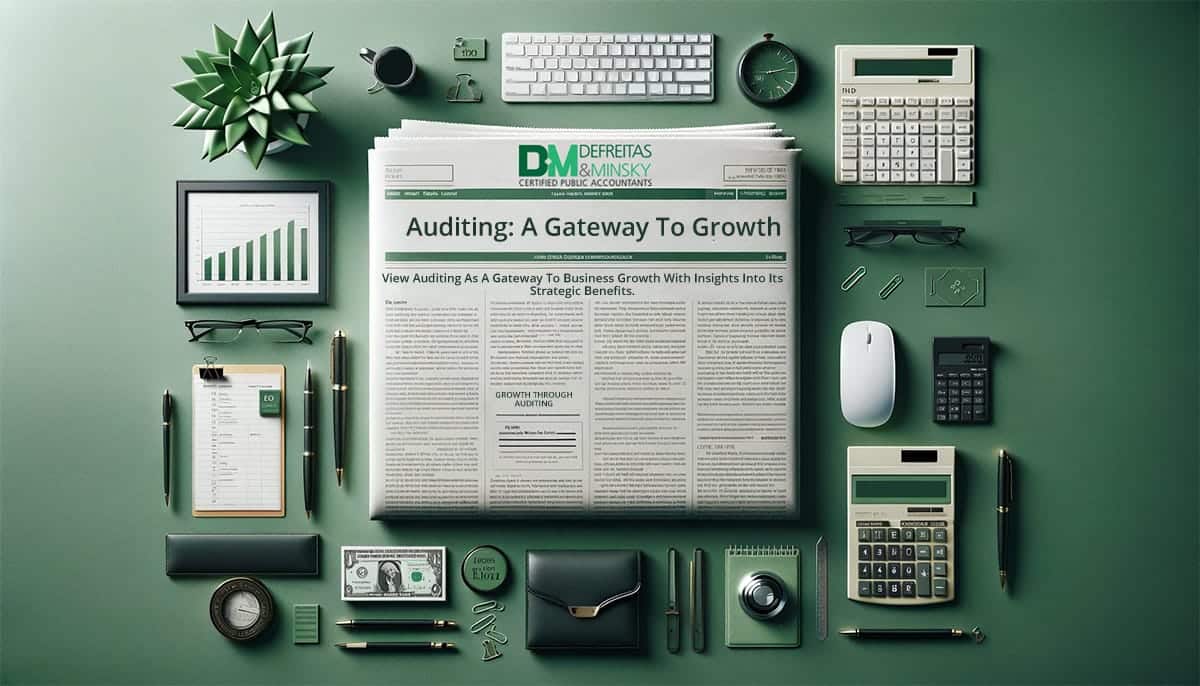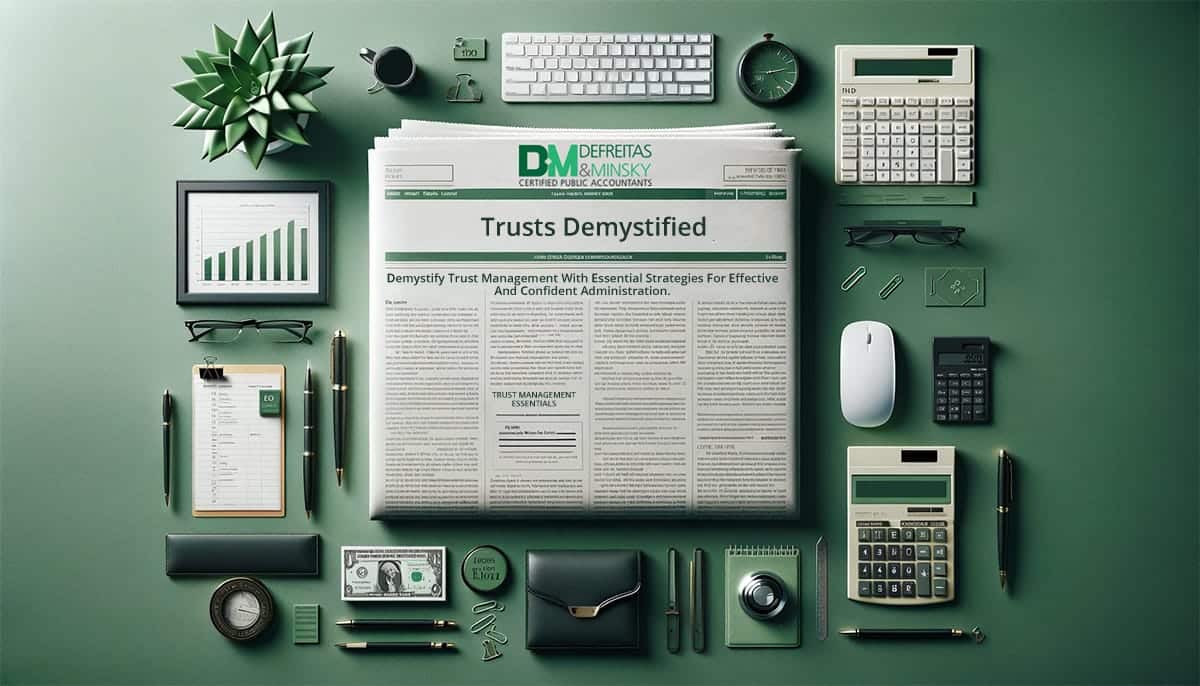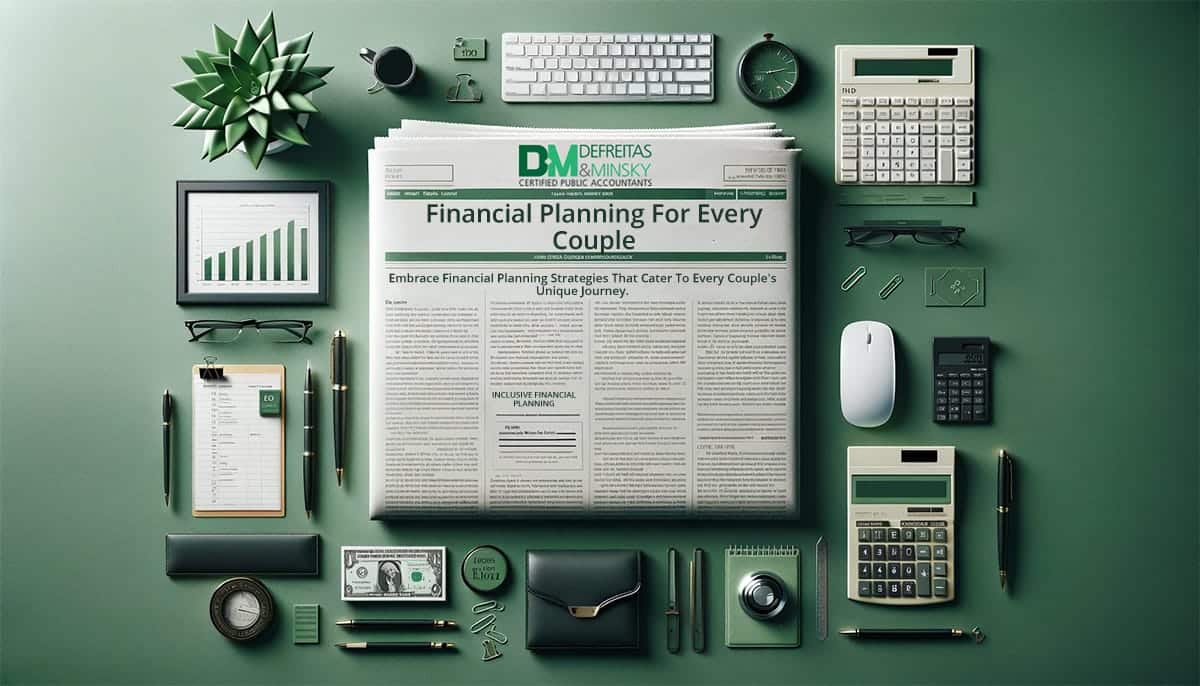Last week we look at estimated business taxes for business owners, and how you might be affected come Tax Day on April 15. From our last post, you should have a better idea of what to do whether you own a small business or a corporation, but how do you go about preventing penalties? After all, that’s what everyone cares about most, right? Not spending more than you have to? Of course it is, which is why we’re here to help!
Preventing Estimated Tax Penalties
If you’re painstakingly good at keeping your business’ books, you may be able to estimate the tax payments required to cover your tax bill for the year by April 15, including withholding and tax credits. As long as you’re not short more than $1,000, you’ll avoid penalty, but how many of us are really that accurate in our predictions? That’s why there are “safe harbors” to protect Americans from estimated tax penalties.
In order to take advantage of these safe harbors, you can do one of two things:
- Pay 90% of your current year’s tax obligation
- Pay 100% of the prior year’s tax obligation
Safe Harbors
Lucy Smith is a graphic artist, and has set her business up as a sole proprietorship. In her 2013 tax return, she finds she owed $10,000 for the year. She doesn’t have an overpayment to put toward her 2014 tax obligation on April 15, and doesn’t plan on withholding any of her taxes this year, either.
If she is confident that she’ll be making the same amount this year as she did last year, she could pay $9,000 (90% of $10,000) in estimated tax this year: $2,250 in each of her four scheduled payments. This would help her avoid owing a penalty.
However, if she isn’t sure how much business she’ll bring in this year, and her income is significantly higher in 2014 than it was in 2013, she might underpay and owe a penalty. To avoid that, she can make four payments of $2,500, which would total $10,000 (100% of her 2013 tax bill), and she would be exempt from estimated tax penalty for 2014.
In Lucy’s case, this would be the end of her safe harbor stipulations, because her income is far under $150,000. However, individuals with an adjusted gross income (AGI) of $150,000 or higher are required to pay 110% of their prior year’s taxable income under the safe harbor. If a person in this situation believes that they’ll be making less money this year, thus owing a smaller tax obligation, they can reduce their payments to meet the 90% safe harbor requirement.







